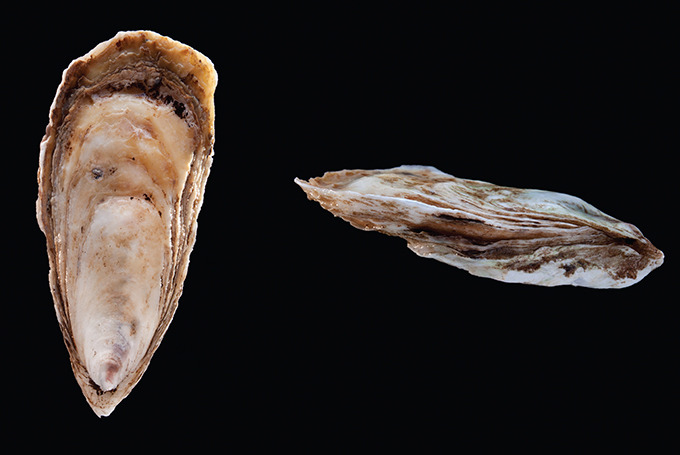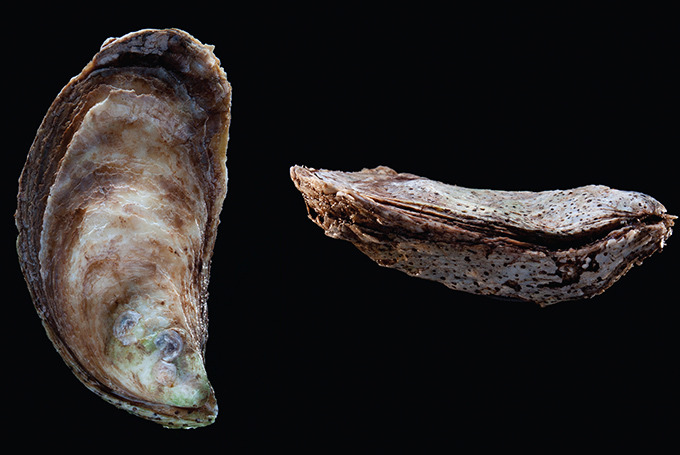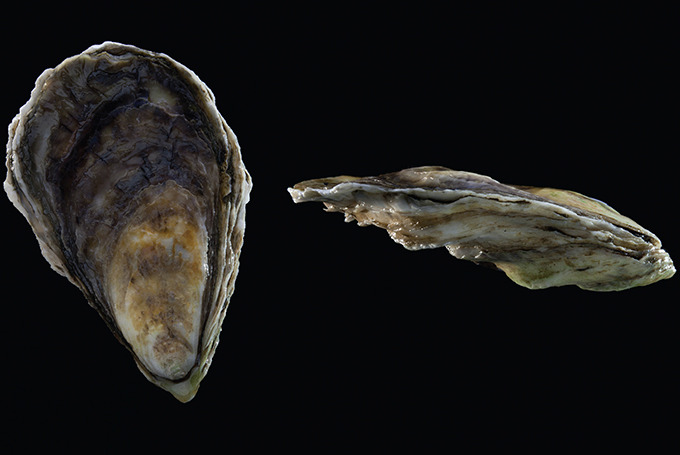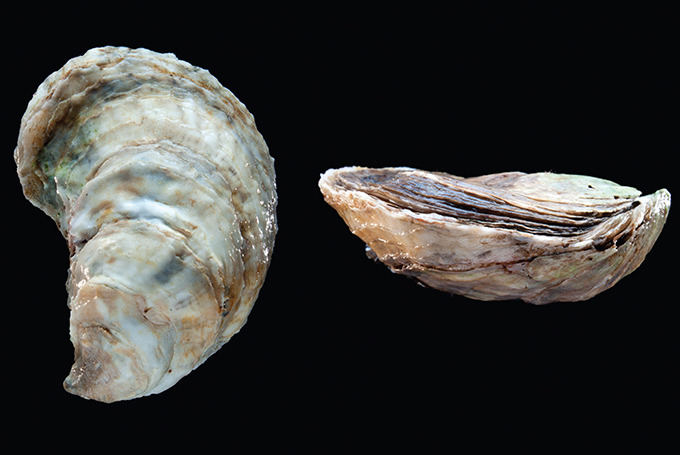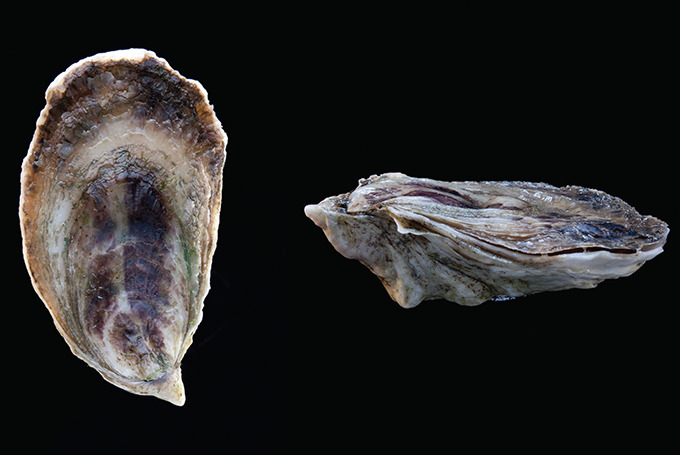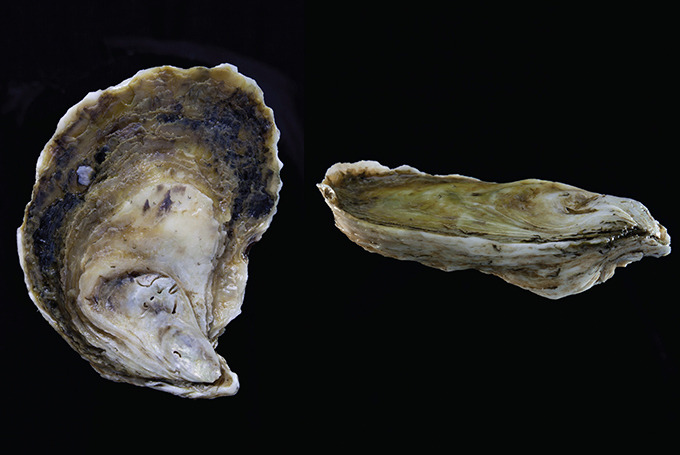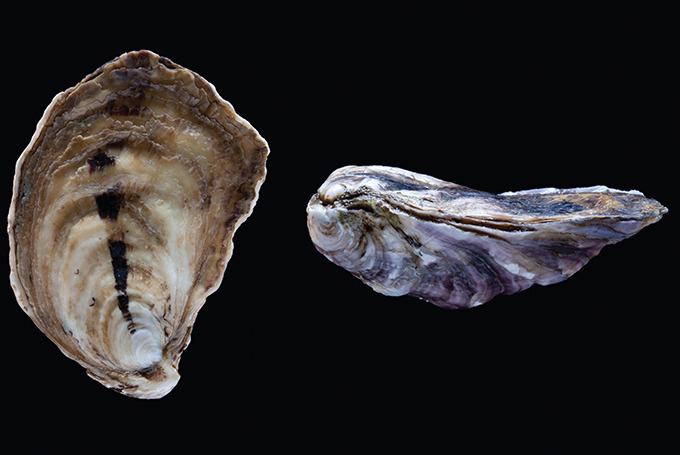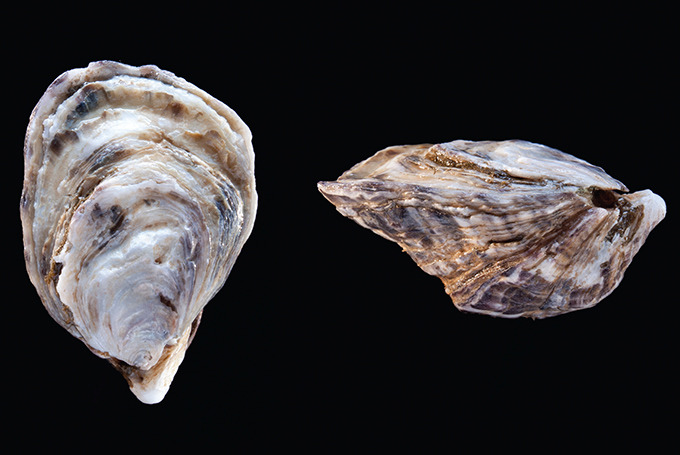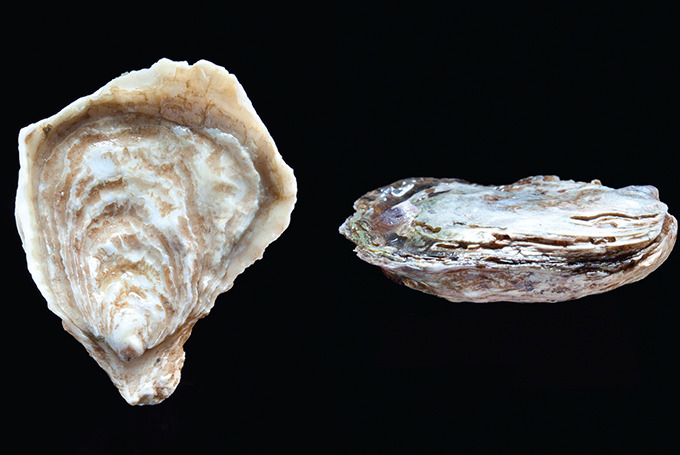What To Drink With Oysters
Plus, tasting tips from an oyster expert
We may receive a commission on purchases made from links.
Land lovers wax poetic about terroir, that curious term for the environmental factors—soil, climate, topography—that influence everything we eat and drink. In Oysters: A Celebration in the Raw, authors Marion Lear Swaybill and Jeremy Sewall explore merroir, or how the sea (mer in French) influences the flavor of oysters.
Sewall is a self-described oyster nerd and chef/owner of Island Creek Oyster Bar and Row 34, both with multiple locations in New England. In the six years since he opened his first Boston oyster bar, he's seen the delicacy become an everyday menu item. His Island Creek Oyster Bars now shuck 2,000 oysters in a single day.
RELATED Green Oysters Are Truly a Wonderful Thing "
What we don't see at our local happy hour is the rich diversity of what the ocean has to offer. Swaybill and Sewall brought in photographer Scott Snider to capture more than 100 pages of gorgeous oyster centerfolds. We've picked nine of our favorites and asked Brahm Callahan, beverage director of Himmel Hospitality Group (Grill 23 & Bar, Post 390 and Harvest restaurant in Boston) to pair them with wine. The results are surprising.
Fin de la Baie, New Brunswick, Canada
Grown in Bouctouche, New Brunswick, these oysters are sweet, salty and have a silky texture. Their name means "end of the bay."
Photos: Scott Snider
What to drink? Look for a wine with body. Callahan suggests a classic pairing: Chablis. "Great Chablis has a doughy, fresh-baked-bread component with a creaminess and weight that works beautifully with this style of oyster." His pick is Domaine Christian Moreau's 2014 Vaillon 1er Cru.
Malpeque, Prince Edward Island, Canada
Among Canada's best-known oysters, malpeques are tender with a balance of sweet and briny flavors.
What to drink? Callahan's ideal pairing here is Champagne, such as Louis Roederer's Brut Premier. "They go together amazingly well, with the briny component in the oyster playing off the intense marine minerality found in the Champagne, and the biscuit and ripe apple, pear and lemon notes of the Champagne balancing out the sweetness of the oyster," he says.
Pemaquid, Clarks Cove, Maine
Harvested from floating baskets, and finished in pristine salty water at the mouth of the Damariscotta River, these Maine oysters are plump, crisp and salty with a slightly earthy finish.
What to drink? Callahan focuses on the Pemaquid's earthy nature. "The Pullus Pinot Grigio Vin Gris from Slovenia is produced using a fair amount of skin contact; there is a distinct earthy, umami aspect in this wine, as well as a bit of a bite that pairs perfectly with some riper fruit to balance out this flavorful oyster," Callahan says.
Fat Dog, Great Bay, New Hampshire
Fat Dog oysters are cage-grown just off the floor of Little Bay, a part of the Great Bay system that is fed by the Piscataqua River. The Piscataqua has some of the strongest currents on the East Coast, which bring salt water in from the Atlantic twice a day. Fat Dogs have a strong shell with a deep cup that comes from being tumbled in their cages by the rolling tides. These oysters have a mossy, sweet flavor with a salty finish.
What to drink? "I look for a wine with herbal green notes to play off the sweet, mossy component here," Callahan says. Nigl's Freiheit Grüner Veltliner is the perfect pairing with notes of wasabi, pea tendrils and radish, with a little bit of a spicy white pepper finish.
Aunt Dotty's, Plymouth, Massachusetts
These pampered oysters take about three years to grow. "Aunt Dotty's have a light brine and a great sweetness to them—a rich oyster with a mineral finish," Swaybill writes.
What to drink? Muscadet and oysters are one of the lesser-known but classic pairings. "There is something so basic, clean and honest about the saline minerality found in great Muscadet that it brings out the best in a great oyster," Callahan says. His favorite is Stephane Orieux's Muscadet from Sevre et Maine.
Northern Cross, Fisherman Island, Virginia
These are not your typical Virginia oysters. A collaboration between Island Creek and Chincoteague oysters, and a hybrid of Island Creek and Virginia bivalves, Northern Crosses have a strong vegetal flavor up front, followed by a bread-like quality with a strong salty finish.
What to drink? "Sometimes oysters and a great lager work, too," Callahan says. "The sweet malt and subtle bread notes play off the salty finish of the oyster perfectly." His pick is Augustiner-Bräu's Edelstoff, a traditional helles lager from Munich.
Murder Point, Bayou La Batre, Alabama
A family-run operation catching fish and shrimp for five generations, Murder Point grows oysters in the Gulf of Mexico from virginica seed. These oysters have thick shells and plump meat with a rich metallic taste and buttery finish.
What to drink? Almost stumped, Callahan suggests an Arneis, which he calls a "Pinot Grigio on steroids." Arneis is a classic Italian white from Piedmont with great fruit, salty minerality and a refreshing bite. Malvira is a great choice.
Kusshi, Vancouver Island, British Columbia
Grown in floating trays in Deep Bay, British Columbia, Kusshi oysters are tumbled, resulting in deep cups and beautifully colored shells. Mildly briny, they taste like lightly salted melon.
What to drink? Callahan picks a fruit-forward Sauvignon Blanc from the Loire Valley in France. "The mix of tart and ripe citrus, and tropical fruit with some smoky minerality coming through balances out the briny, fruity component in the oyster," he says. Look for Domaine Philippe Gilbert's Menetou-Salon.
Olympia, Shelton, Washington
The Olympia is a distinct species and the only oyster that is native to the Pacific Northwest. These little gems grow to about the size of a quarter but have big flavor—coppery and smoky, with just a little sweetness to finish.
What to drink? "It may sound crazy but great mescal and oysters will really work. All tequila is mescal, but not all mescal is tequila—and the good ones are even more fruity, smoky and intense," Callahan says. Del Maguey is the benchmark in the category, and he points us to the double-distilled Vida.

